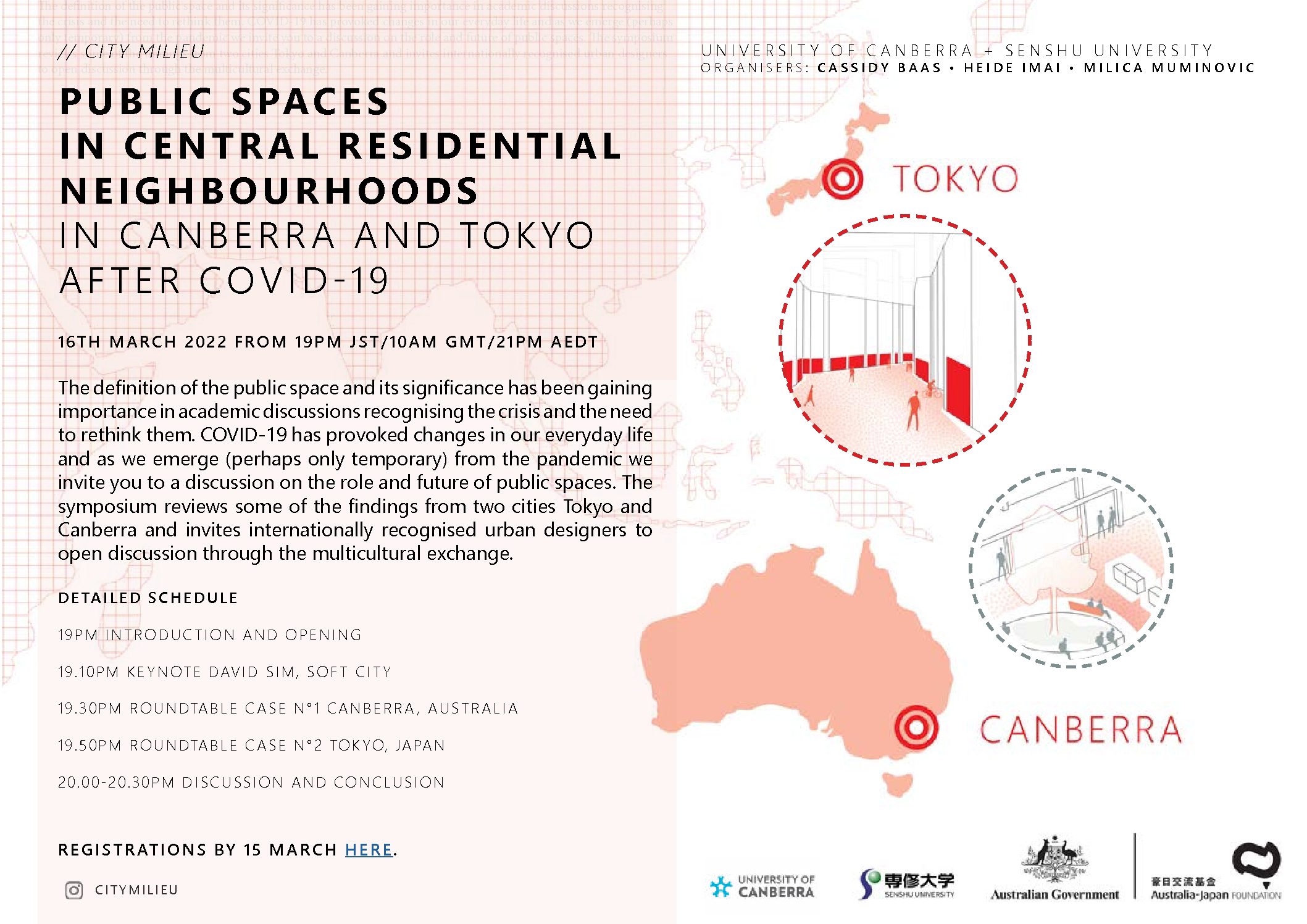Taipei’s urban regeneration efforts highlight the complex balance between heritage preservation, economic development, and social sustainability. This report examines three key revitalization projects: Datong Dihua Street, Ximending Walking District, and Wanhua Huaxi Night Market, analyzing their strategies, challenges, and broader implications.

Datong Dihua Street: Heritage-Led Urban Renewal
As one of Taipei’s oldest commercial streets, Dihua Street exemplifies heritage-led revitalization. Once a center for traditional Chinese medicine, tea and textile trade, it has been transformed through façade restorations, pedestrian-friendly streetscapes, and cultural tourism initiatives. The integration of seasonal markets, pop-up exhibitions, and art spaces has successfully attracted younger demographics and international visitors. However, rising property values and increasing commercialization threaten long-standing businesses.

Ximending Walking District: Youth-Oriented Urban Transformation
Ximending, historically a Japanese colonial entertainment hub and also known as ‘Harajuku of Taipei’, has been reshaped into Taipei’s premier pedestrian shopping and cultural district. Car-free zones, urban art installations, and designated performance areas have fostered a vibrant space for creative industries and independent retail. The district’s transformation has significantly boosted economic activity, attracting tourists and local youth alike. Yet, concerns over over-commercialization and rising rents have emerged, threatening grassroots cultural expressions.
Wanhua Huaxi Night Market: Tourism and Cultural Preservation
Huaxi Night Market, in Wanhua District illustrate the challenges of integrating tourism-driven redevelopment with cultural heritage preservation. Known for traditional shops and street food stalls, these alleyways have undergone sanitation improvements, infrastructure upgrades, and branding as heritage tourism sites. While these efforts have increased foot traffic, they risk eroding local identity and displacing older vendors. Strategies such as heritage business incentives, community-led planning, and sustainable waste management systems have been introduced to mitigate these effects.

Conclusion
Taipei’s alleyway revitalization efforts demonstrate the potential for heritage-conscious, community-driven urban renewal. While the different neighbourhoods have adopted different strategies, common challenges include gentrification, commercial homogenization, and socio-economic displacement. Sustainable revitalization requires a holistic approach that prioritizes local engagement, regulatory protections, and adaptive urban design to ensure long-term viability and cultural continuity.
Heide Imai
This research was funded by a Senshu University grant and is part of the project 東京の路地ルネッサンス:シドニーと台北からインスピレーションを得る”













































